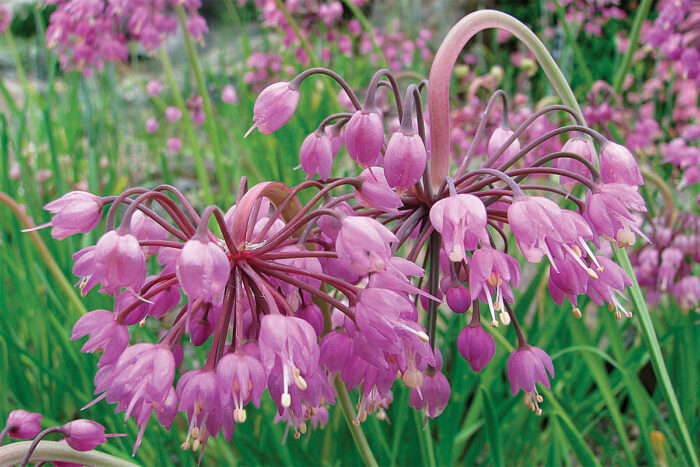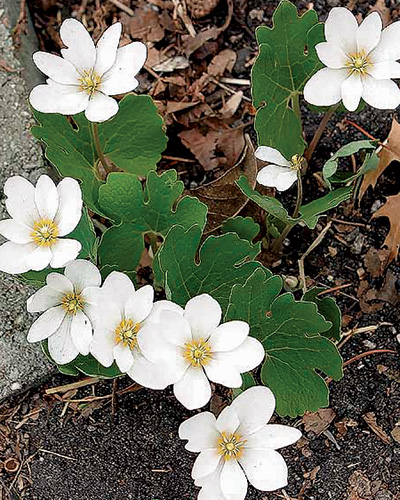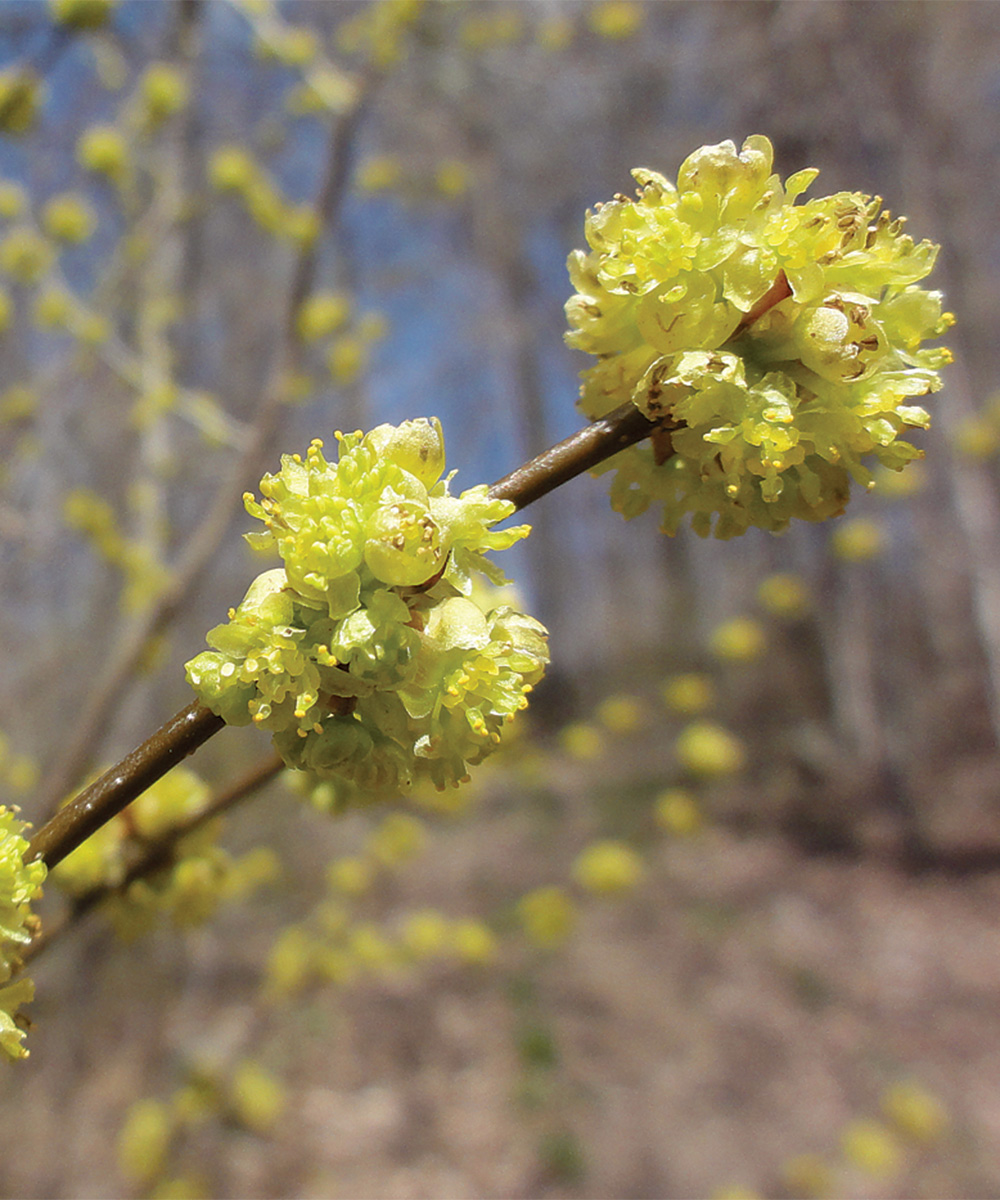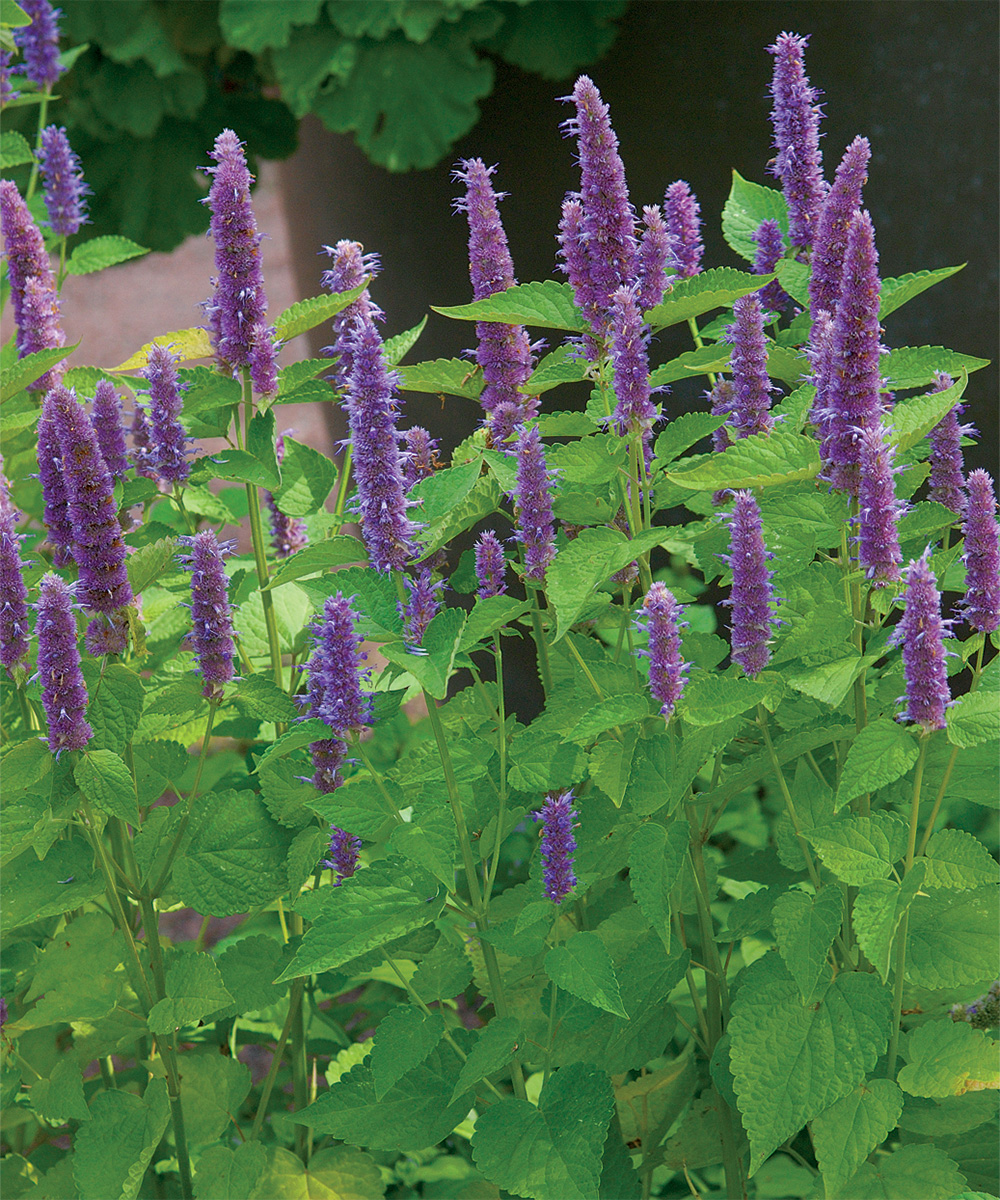
While most gardening pests and problems vary greatly depending on region, there is one dilemma that just about all of us have to contend with—deer. There are populations of deer in all 50 states, and all are munching on the many different plants we’re growing across the country. Some methods for deterring deer from feasting work better than others, but there is also the option of simply growing plants they don’t typically enjoy. Don’t let your hard work become a buffet for the next passing herd. Here are four deer-resistant plants for the Northeast.
1. Bloodroot

Name: Sanguinaria canadensis
USDA Hardiness Zones: 3 to 9
Size: 5 to 12 inches tall, 16 inches wide
Conditions: Full to partial shade; moist, well-drained soil
Pure white blooms with yellow centers are one of the earliest signs of life in springtime gardens. Large, deeply lobed leaves emerge after the flowers; these provide a dense, attractive ground cover that stays fresh most of the season, unlike the ephemeral foliage of other early-spring bloomers. Bloodroot foliage and roots taste bitter and contain toxic compounds that deer avoid. Use this eastern woodland native in place of hosta (Hosta spp. and cvs., Zones 3 to 9) for shady areas near trees.
2. Nodding Onion

Name: Allium cernuum
Zones: 3 to 9
Size: 12 to 16 inches tall, 1 foot wide
Conditions: Full sun to partial shade; moist to dry soil
Nodding onion is an adaptable garden plant with pretty sprays of pink or white summer flowers atop elegantly nodding stems. A member of the onion family, its pungent taste deters pests and deer, while the star-shaped flower umbels provide pollen and nectar to short-tongued native sweat bees. Plant a wide strip as a transition zone between a lawn and a natural area.
3. Northern Spicebush

Name: Lindera benzoin
Zones: 4 to 9
Size: 8 to 15 feet tall, 6 to 15 feet wide
Conditions: Full to partial shade; moist to wet soil
Spicebush heralds spring with sweetly fragrant April flowers, a welcome treat for winter-weary northern gardeners. This nicely shaped shrub also has radiant yellow fall foliage, which is the plant’s way of alerting migrating songbirds to the valuable fuel source it offers: bright red, high-fat fruits. Deer avoid foraging mature plants but may nibble on young stems, so provide protection when plants are small. Be sure to plant male and female plants if you want your spicebush to produce fruit.
4. Anise Hyssop

Name: Agastache foeniculum
Zones: 3 to 9
Size: 3 to 5 feet tall, 2 feet wide
Conditions: Full sun to partial shade; moist to dry well-drained soil
This prairie native with licorice-scented foliage is well adapted to northeast soils. Blue-purple late-summer flower spikes are an outstanding nectar source for hummingbirds and attract a diverse array of beneficial insects. Anise hyssop grows fast and reseeds heavily, so it can be used to quickly fill a meadowlike area to support pollinators. Deadheading can reduce self-seeding, but leave some stems standing to feed hungry winter goldfinches and juncos.
Ellen Sousa is a garden coach and designer who runs a small native-plant nursery at Turkey Hill Brook Farm in Spencer, Massachusetts.

















Comments
Log in or create an account to post a comment.
Sign up Log in